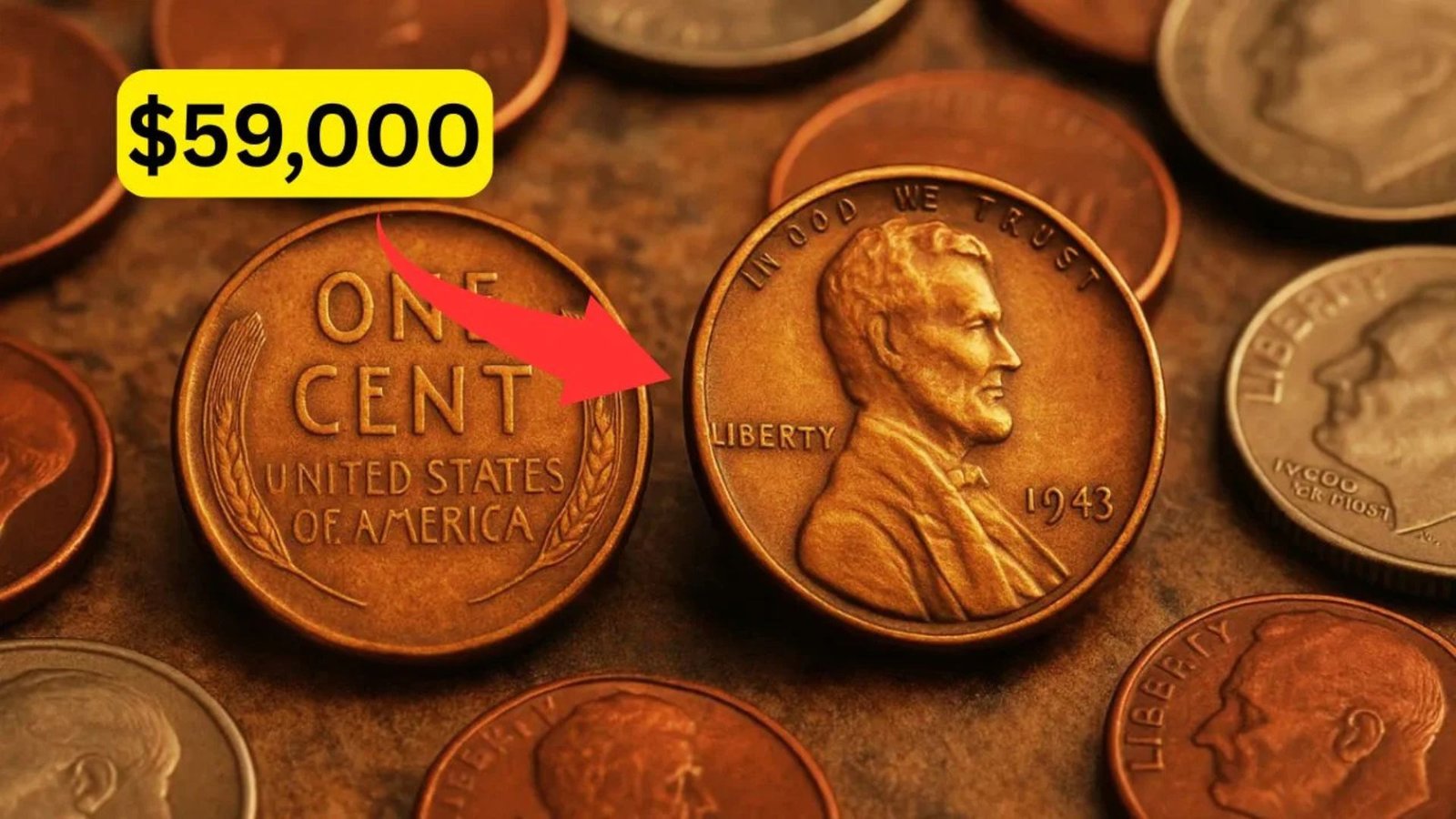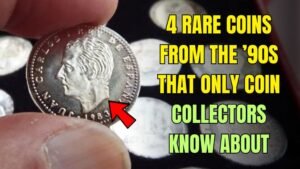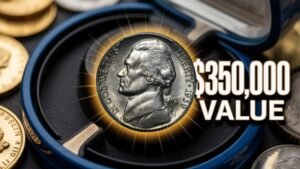Imagine pulling a dusty old penny from your jeans pocket and realizing it’s worth a small fortune. Sounds like a dream? It’s more real than you think! The Lincoln Wheat Penny, a classic U.S. coin from the early 1900s, has made headlines for fetching eye-popping prices at auctions. One lucky finder recently cashed in $59,000 for a single piece. In this guide, we’ll break down everything you need to know about spotting these hidden gems. Whether you’re a coin collector or just curious, you might be sitting on a windfall without knowing it. Let’s dive in and uncover the secrets of the Lincoln Wheat Penny—your next big payday could be closer than you think!
What Is a Lincoln Wheat Penny? A Quick History Lesson
The Lincoln Wheat Penny is one of America’s most beloved coins. Minted from 1909 to 1958, it features President Abraham Lincoln’s face on the front and two wheat stalks on the back—hence the name. These small copper coins were made to honor Lincoln’s 100th birthday and became everyday pocket change for millions.
Back then, they were super common, with billions produced. But today? Many have worn out, been lost, or melted down, making rare ones incredibly valuable. If you’re rummaging through old jars or grandma’s change drawer, keep an eye out—these pennies could turn your spare change into serious cash.
Why Do Some Lincoln Wheat Pennies Sell for Thousands?
Not every rusty penny is a jackpot. Value depends on factors like condition, mint mark (a tiny letter showing where it was made), and any errors during production. A pristine 1909 penny might go for $5, while a flawed 1943 steel version has sold for over $100,000! The $59,000 story? It was a super-rare 1914-D in top shape, graded MS-66 by experts. Rarity + quality = big bucks.
How to Spot a Valuable Lincoln Wheat Penny in Your Pocket Change
You don’t need a fancy degree to start hunting. Grab a magnifying glass and follow these simple steps to check your coins. Most Lincoln Wheat Pennies are worth just a few cents, but the rare ones hide in plain sight.
Step-by-Step Guide to Identifying Your Penny
- Check the Date: Look for years like 1909, 1914, 1922, or 1931. These are often the hottest for collectors.
- Spot the Mint Mark: Under the date, find S (San Francisco), D (Denver), or nothing (Philadelphia). A 1909-S VDB? That’s a legend worth up to $100,000!
- Examine Condition: Is it shiny and scratch-free? Use the “grade” system—MS-65 means near-perfect.
- Hunt for Errors: Double-check for off-center strikes or wrong metal (like copper in 1943).
Pro tip: Clean coins gently with water only—harsh rubbing can lower their value!
Top Valuable Lincoln Wheat Pennies Worth a Fortune: Prices and Facts
Wondering which ones could make you rich? We’ve compiled a handy table of the most sought-after Lincoln Wheat Pennies. These prices are based on recent auctions and expert appraisals from sites like PCGS and Heritage Auctions. Remember, values fluctuate, so get yours appraised!
| Year & Variety | Key Feature | Average Value (Good Condition) | Record Auction Price | Why It’s Rare |
|---|---|---|---|---|
| 1909-S VDB | Tiny “VDB” designer’s initials | $800 | $168,000 | First year, low mintage (484,000) |
| 1914-D | Denver mint mark | $200 | $59,000 | Only 1.2 million made |
| 1922 No D | Missing Denver mark (error) | $1,000 | $25,000 | Minting mistake, under 500 known |
| 1931-S | San Francisco low mintage | $60 | $10,500 | Just 866,000 produced |
| 1943 Bronze | Copper instead of steel | $15,000 | $1.7 million! | WWII error—few survived melting |
| 1944 Steel | Steel instead of copper | $30,000 | $115,000 | Opposite WWII mix-up |
This table shows why Lincoln Wheat Pennies are collector gold. The 1943 bronze beauty? It was supposed to be steel for the war effort, but a few slipped through in copper—talk about a lucky fluke!
Where to Find Hidden Lincoln Wheat Pennies and What to Do Next
Your pocket isn’t the only spot. Scour estate sales, flea markets, or even bank rolls of pennies (ask for them—they’re cheap!). Online marketplaces like eBay are buzzing with deals, but verify authenticity to avoid fakes.
Found a potential winner? Head to a local coin shop or use free online tools from the American Numismatic Association. For big scores, professional grading from PCGS or NGC can boost your coin’s value by proving it’s the real deal.
Common Mistakes to Avoid When Hunting Lincoln Wheat Pennies
- Over-Cleaning: It strips the natural shine, dropping value fast.
- Ignoring Wear: Even slight damage matters—better to sell “as is.”
- Skipping Research: Use apps like CoinSnap to scan and ID on the spot.
Why Lincoln Wheat Penny Hunting Is Addictive (and Profitable)
Coin collecting isn’t just for dusty old-timers—it’s a thrill for anyone. Stories like the $59,000 find prove everyday folks strike it rich. Plus, it’s educational: You’ll learn U.S. history while padding your wallet. Start small, build your collection, and who knows? Your Lincoln Wheat Penny could fund a vacation or more.
Ready to turn pocket lint into profit? Grab those old coins and start searching. Share your finds in the comments—we’d love to hear if you’ve got a winner! For more coin tips, subscribe to our newsletter. Happy hunting!




